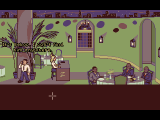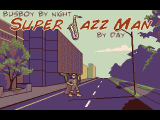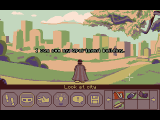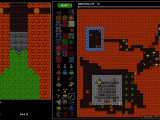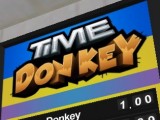Nostalgia is to memory as kitsch is to art –Charles Maier
Stevie Jack, I’m sorry to say, but we just didn’t get you. Or more importantly, we didn’t expect you, at least not to come waltzing down the street, dropping Barthes and Foucault, least of all, amidst all that jazz. We received you expectant of two things only: A sequel to The Apprentice, and colourful, fantastical artwork and animation.
Strictly speaking, we got neither.
Only now, three years later, am I prepared to face the fact that I was not ready, Stevie Jack. After all, in ‘06, the commercial AGS scene was still very much in its infancy, with very little on the market beyond The Adventures of Fatman. We had yet to accustom ourselves to the idea of rewarding indie game designers for their time, with the scene additionally still steadfastly shackled to the gaming heritage of the early 90s. All this despite the flavours and flairs of contemporary retro adventuring having already largely reached the plateau of its predecessors: The freeware version of The Shivah, for instance, had been released in June of the same year, and free games like Reactor 09 continued to push the content envelope.
